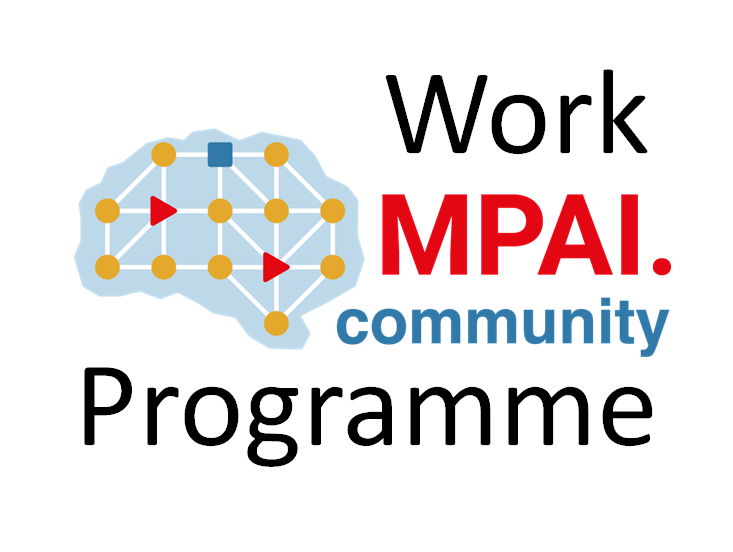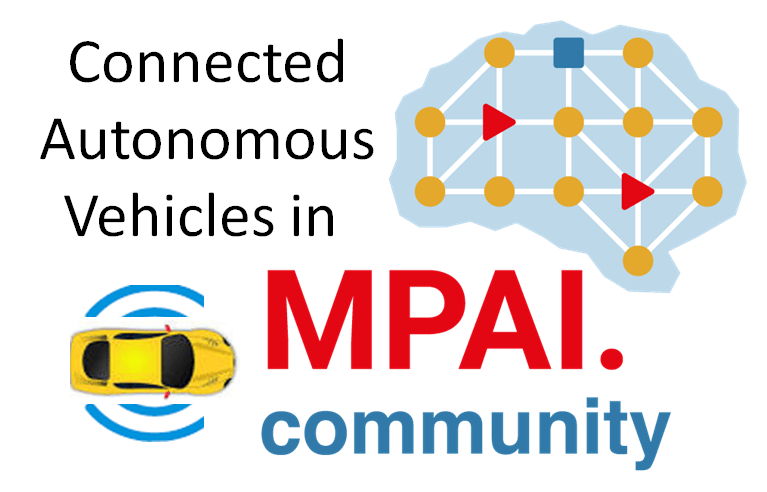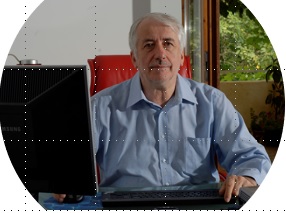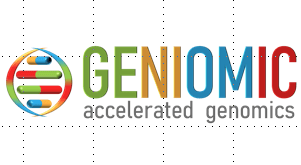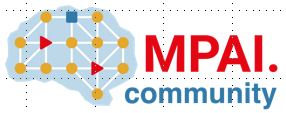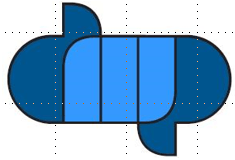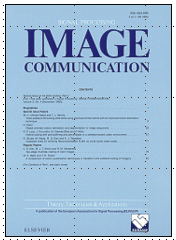With 5 standards approved, MPAI enters a new phase
Geneva, Switzerland – 26 January 2022. Today the Moving Picture, Audio and Data Coding by Artificial Intelligence (MPAI) standards developing organisation has concluded its 16th General Assembly, the first of 2022, approving its 2022 work program. The work program includes the development of reference software, conformance testing and performance assessment for 2 application standards (Context-based Audio Enhancement and Multimodal Conversation), reference software, conformance assessment for 1 infrastructure standard (AI Framework), and the establishment of the MPAI Store, a non-profit foundation…
